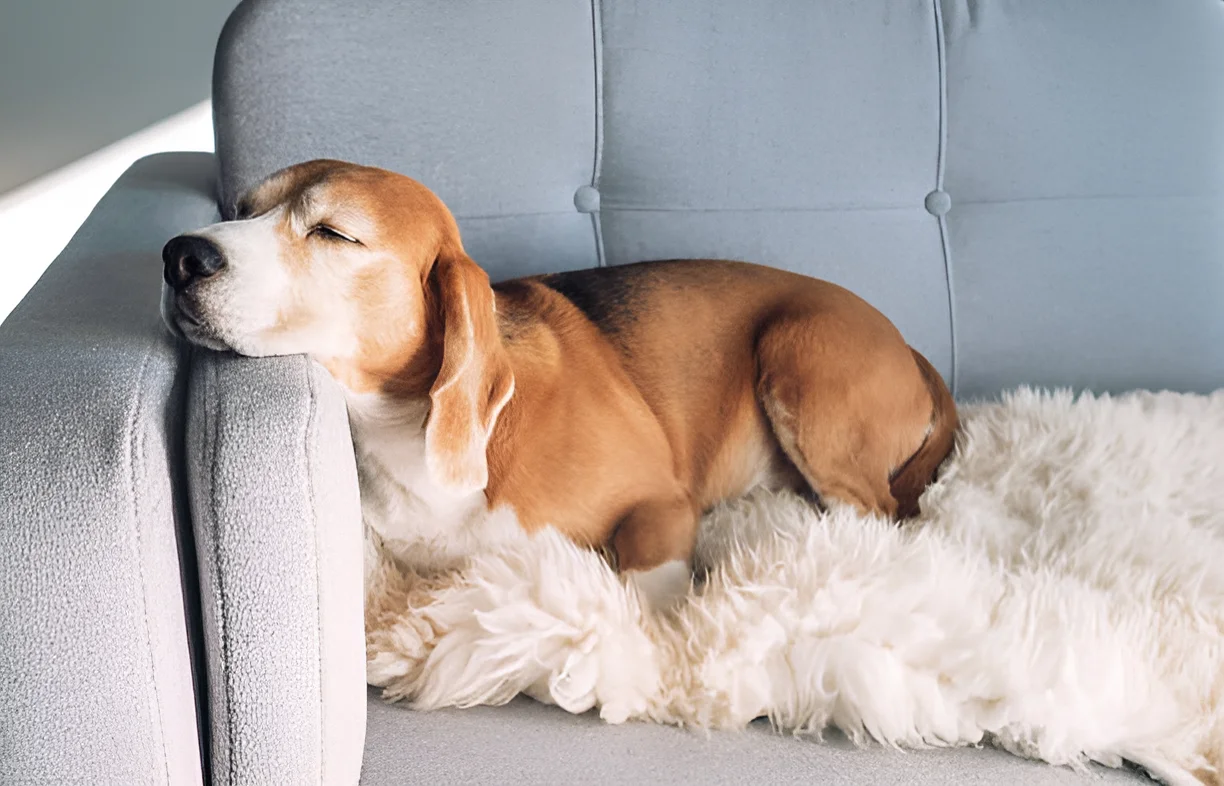The size of the apartment you need for a dog depends on the breed, age, and activity level of the dog, but generally, a small to medium-sized dog can thrive in an apartment with at least 400-600 square feet, provided they receive adequate exercise and mental stimulation.
Living in an apartment with a dog can be a rewarding experience, but it requires careful consideration of your dog’s needs and your living space. This comprehensive guide will help you determine the appropriate apartment size for your dog, taking into account various factors such as breed, activity level, and lifestyle. We’ll also provide tips on how to make apartment living comfortable and enjoyable for both you and your furry friend.
Factors to Consider When Choosing an Apartment for a Dog
Breed and Size
The breed and size of your dog are crucial factors in determining the appropriate apartment size. Smaller breeds, such as Chihuahuas and French Bulldogs, generally require less space and can adapt well to apartment living. Medium-sized breeds, like Beagles and Cocker Spaniels, can also thrive in apartments with sufficient exercise and mental stimulation. Larger breeds, such as Labrador Retrievers and German Shepherds, may need more space and frequent outdoor activities to stay happy and healthy.
Activity Level
A dog’s activity level plays a significant role in their space requirements. High-energy breeds, like Border Collies and Jack Russell Terriers, need ample exercise and mental stimulation, regardless of their size. These dogs may require more frequent walks, playtime, and interactive toys to prevent boredom and destructive behavior. On the other hand, low-energy breeds, such as Basset Hounds and Bulldogs, are more content with shorter walks and indoor play.
Age and Health
Puppies and young dogs are typically more active and require more space to play and explore. Older dogs, especially those with mobility issues or health problems, may need a quieter, more comfortable environment with easy access to outdoor areas for bathroom breaks. Consider your dog’s age and health when choosing an apartment and ensure it meets their specific needs.
Lifestyle and Schedule
Your lifestyle and schedule also impact your dog’s space requirements. If you work long hours or travel frequently, your dog may spend more time alone in the apartment. In such cases, it’s essential to provide a comfortable, stimulating environment with plenty of toys, a cozy bed, and access to outdoor areas for bathroom breaks. Hiring a dog walker or enrolling your dog in daycare can also help ensure they receive adequate exercise and socialization.
Making Apartment Living Comfortable for Your Dog
Creating a Dog-Friendly Space
Designate a specific area in your apartment for your dog, complete with a comfortable bed, toys, and water bowls. This space should be quiet and free from distractions, allowing your dog to relax and feel secure. Consider using baby gates to create a safe, confined area for your dog when you’re not home.
Providing Adequate Exercise
Regular exercise is essential for your dog’s physical and mental well-being. Schedule daily walks, playtime, and trips to the dog park to keep your dog active and engaged. High-energy breeds may require more frequent and intense exercise sessions, while low-energy breeds can be content with shorter, leisurely walks.
Mental Stimulation
Mental stimulation is just as important as physical exercise for your dog’s overall health. Provide interactive toys, puzzle feeders, and training sessions to keep your dog’s mind sharp and prevent boredom. Rotate toys regularly to maintain your dog’s interest and challenge them with new activities.
Socialization
Socialization is crucial for your dog’s development and well-being. Arrange playdates with other dogs, visit dog-friendly parks, and expose your dog to various environments and experiences. Proper socialization helps prevent behavioral issues and ensures your dog is well-adjusted and confident.
Managing Bathroom Breaks
Living in an apartment means you may not have immediate access to a backyard for bathroom breaks. Establish a consistent routine for taking your dog outside and consider using pee pads or artificial grass patches for emergencies. If you work long hours, hiring a dog walker or using a pet relief service can help ensure your dog has regular bathroom breaks.
Choosing the Right Apartment Features
Pet-Friendly Policies
When searching for an apartment, prioritize buildings with pet-friendly policies. Look for amenities such as dog parks, pet washing stations, and designated pet relief areas. Ensure the building management is accommodating and supportive of pet owners.
Space and Layout
Consider the layout and size of the apartment when choosing a home for your dog. Open floor plans with ample space for your dog to move around comfortably are ideal. High ceilings and large windows can also create a more spacious and inviting environment for your dog.
Proximity to Parks and Trails
Living near parks, trails, and other outdoor spaces can make it easier to provide your dog with regular exercise and socialization opportunities. Look for apartments in neighborhoods with easy access to green spaces and dog-friendly areas.
Noise Levels
Dogs can be sensitive to noise, so consider the noise levels in and around the apartment building. Choose a unit away from busy streets, elevators, and common areas to minimize disturbances. Using white noise machines or playing calming music can also help create a more peaceful environment for your dog.
Conclusion
The size of the apartment you need for a dog depends on various factors, including the breed, activity level, age, and health of your dog. By considering these factors and making thoughtful choices, you can create a comfortable and enjoyable living environment for both you and your furry friend. Remember to provide regular exercise, mental stimulation, and socialization to ensure your dog’s well-being and happiness.
The photo featured below the post headline is Credit: Solovyova/istockphoto
I hope you find this post helpful and informative. If Yes’ feel free to share it with your friends!
Frequently Asked Questions
Can large dogs live in apartments?
Yes, large dogs can live in apartments as long as they receive adequate exercise, mental stimulation, and have enough space to move around comfortably.
How often should I take my dog out for bathroom breaks in an apartment?
It’s recommended to take your dog out for bathroom breaks at least 3-4 times a day. Puppies and older dogs may require more frequent breaks.
What are some good dog breeds for apartment living?
Breeds that are known to adapt well to apartment living include Cavalier King Charles Spaniels, French Bulldogs, Greyhounds, Shih Tzus, and Pugs.
How can I keep my dog entertained in an apartment?
Provide interactive toys, puzzle feeders, and regular training sessions to keep your dog mentally stimulated. Rotate toys and introduce new activities to maintain their interest.
What should I look for in a pet-friendly apartment?
Look for apartments with pet-friendly policies, amenities such as dog parks and pet washing stations, and proximity to parks and trails. Ensure the building management is supportive of pet owners.

